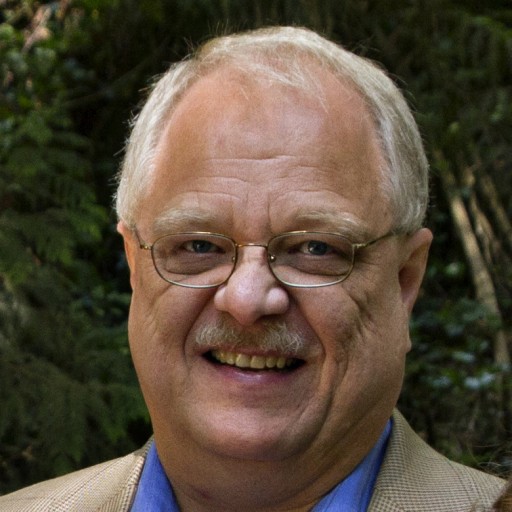A Single, Cohesive Public Transportation System
A summer shower in Kansas smells nothing like rain in Oregon. Rivers and lakes look different too. Midwest cottonwood trees have a softer tint than that of Northwest fir trees. Mount Sunflower at 4,039 feet cranes its neck to look up to Mount Hood at 11,249 feet. The cardinal’s song has an upward whistle before modulating into a chirped cadence in contrast to the screeches of the Western scrub jay.
The most noticeable difference between the Kansas City and Portland metropolitan areas, however, has nothing to do with geography and nature. (Okay, maybe the second most conspicuous dissimilarity since Portlandia is extremely proud of its quirkiness.) You see it as you leave Portland International Airport, from the freeways leading to the city center, and in the suburbs. This difference is pervasive, intentional and man-made.
Public transportation is a priority in Portland. Despite having about the same number of citizens as Kansas City, Portland’s transportation system far exceeds anything that Kansas City dreamers dare to imagine. In 2011, Portland riders boarded buses and trains 100 million times. The east-west segment of the light rail system carries 26 percent of evening rush-hour commuters leaving downtown Portland.
I lived in Portland when they began building the light rail system. The initial 15-mile segment that opened in 1986 has expanded to 52 miles. I suspect that strident voices spoke disparagingly when construction started, but I don’t remember them. A person would be hard pressed to find many naysayers today.
Forty-three percent of adults in the Portland area use public transportation at least twice a month. Eighty-four percent of the riders have a car available, but they still choose to use buses and trains. I was one of those riders when I lived in Portland. My family and friends were too.
The Star recently reported that over 40 years ago the Kansas City Area Transportation Authority was commissioned to provide “a single, cohesive public transportation system.” In another story The Star described a 2002 plan to promote bicycling that 11 years later is finally being implemented. While freeway construction has been ongoing the 12 years I’ve lived here, we’re clearly laggards when it comes to forms of transportation other than the car.
I recognize the complexity of a regional transportation system. Multiple counties in Kansas and Missouri would be involved. It can be done. The TriMet transportation system in Portland serves three counties.
Two states are at the table, but it’s doable. TriMet on the Oregon side of the Columbia River and C-Tran on the Washington side work together for their mutual benefit.
People worry about funding and rightly so in these challenging times. In Portland, federal funds paid 83 percent for the initial light rail segment. The third segment to open, however, used only local and private financing. The people of the region have that much confidence in the comprehensive system.
I hope the recent embers can be fanned into implementation of a roaring regional strategy that includes multiple modes of transportation. Kansas City will never be like Portland when it comes to mountains, trees and birds, but we should emulate the way they addressed their transportation needs.
An edited version of this article appeared in the Kansas City Star Midwest Voices column, July 13, 2013.

